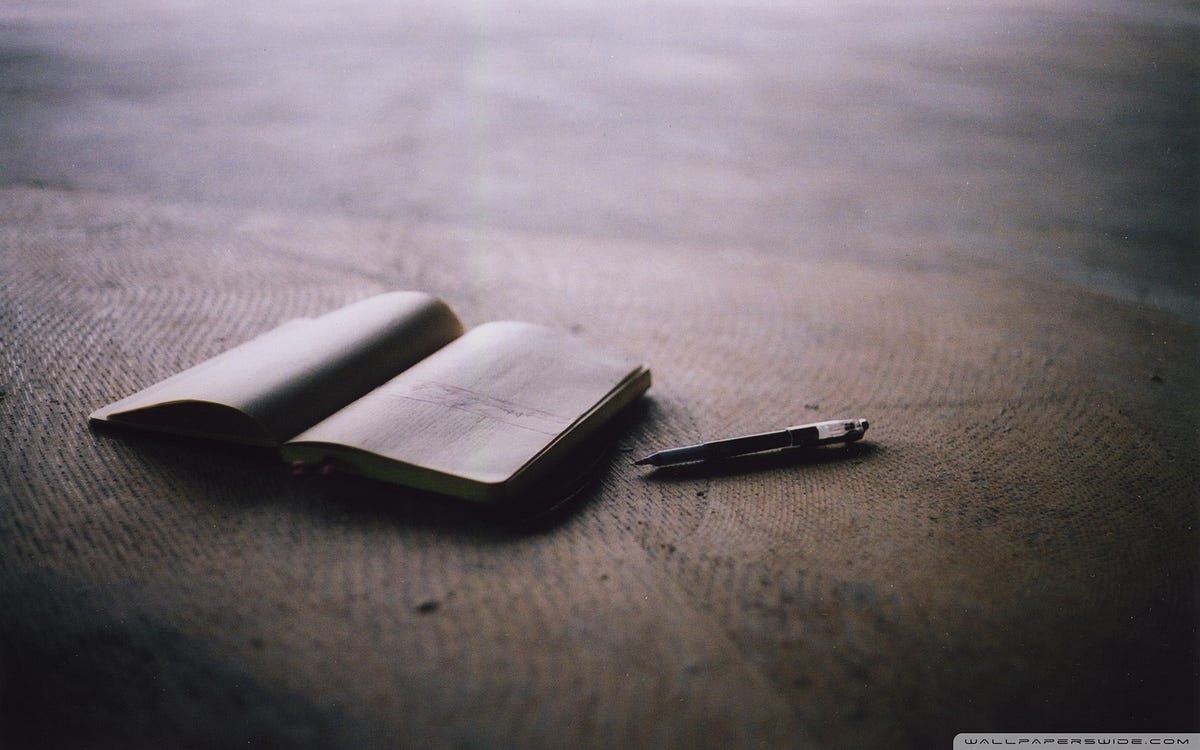Originally posted by Sam Flynn
View Post
It just seems strange that a scientific test could be so inaccurate. As a layman it's not an issue for me to understand that a newly developed test could be found to be inaccurate when it comes to a document which was alleged to be 100 years old but I'd tend to assume that if the tester was presented with an object written around a year or so previously that the alarm bells would immediately go off?




Comment